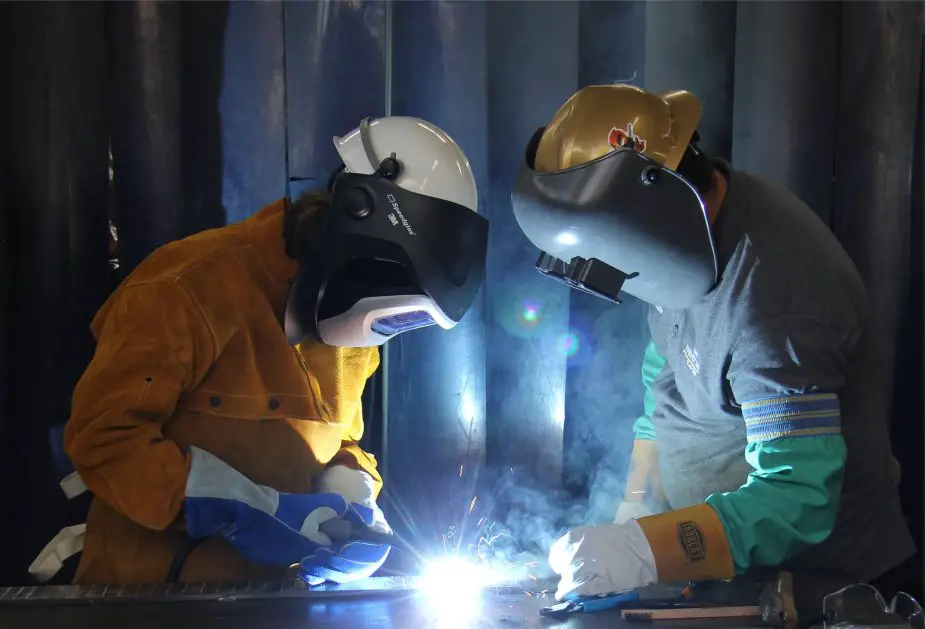According to a PR published by General Dynamics NASSCO on December 5, 2022, the firm laid the keel for the future USNS Robert F. Kennedy (T-AO 208), the fourth ship in the John Lewis-class fleet replenishment oiler program for the U.S. Navy.
Follow Navy Recognition on Google News at this link
 Keel laying ceremony for the future USNS Robert F. Kennedy (Picture source: NASSCO)
Keel laying ceremony for the future USNS Robert F. Kennedy (Picture source: NASSCO)
Kathleen Kennedy Townsend, sixth Lieutenant Governor of Maryland, the sponsor for the future USNS Robert F. Kennedy and daughter of the ship’s namesake, welded her initials onto a steel plate that will be permanently affixed to the ship’s keel and will remain with the vessel throughout its time in service.
Former Secretary of the Navy Ray Mabus declared the John Lewis-class of oilers be named after leaders who fought for civil and human rights. The fourth ship honors Robert F. Kennedy, who served as the U.S. Attorney General from 1961 to 1964 and as a U.S. Senator from New York from 1965-1968.
About the John Lewis class
The John Lewis-class ships are double-hulled and constructed to commercial standards and OPNAVINST 9070.1 requirements. They classed to American Bureau of Shipping steel vessel rules.
The ships have capabilities similar to the Henry J. Kaiser-class replenishment oilers and rely on existing technology. The ships can carry 156,000 barrels of oil and have increased dry cargo storage over the Henry J. Kaiser class.
There are stations on both sides of each ship for underway replenishment of fuel and stores, and will have two dry cargo transfer rigs. The John Lewis-class ships have limited means of self-defense when delivered, including defenses against mines and torpedoes, and will be equipped with crew-served weapons which will be operated by embarked Navy Expeditionary Security Teams for limited self-defense ability against small boat attack.
The ships have space, weight, and power reserved for additional self-defense systems, including close-in weapon systems (CIWS) or SeaRAM, and an anti-torpedo torpedo defense system. Even with additional self-defense systems installed the ships will still require escort if operating in a higher threat environment.



